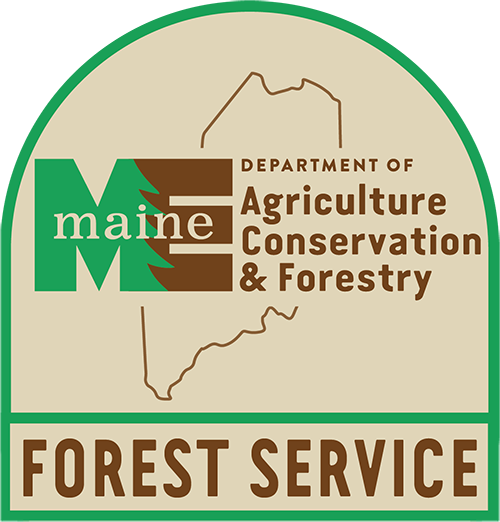Bureau/Division/Agency
Forest Services
Document Type
Text
Exact Creation Date
1-2021
Language
English
Recommended Citation
Department of Agriculture, Conservation and Forestry and Maine Forest Service, "Diplodia tip blight of pines (Diplodia sapinea)" (2021). Forest Service Documents. 271.
https://digitalmaine.com/for_docs/271
File Size
618 KB
Files over 3MB may be slow to open. For best results, right-click and select "Save As"
Rights Statement
No Copyright - United States. URI: http://rightsstatements.org/vocab/NoC-US/1.0/
The organization that has made the Item available believes that the Item is in the Public Domain under the laws of the United States, but a determination was not made as to its copyright status under the copyright laws of other countries. The Item may not be in the Public Domain under the laws of other countries. Please refer to the organization that has made the Item available for more information.



Description
Diplodia tip blight is commonly found in Maine and is often associated with red pine (Pinus resinosa) plantations; however, it is also found in the natural forest and ornamental settings. The fungus causes cankers and kills new growth in spring/early summer. Symptomology includes new growth that is partially elongated, brown and brittle, scattered throughout the lower crown and branch dieback that may be traced back to stem cankers further back on the branch. Infection severity tends to increase in response to longer-term stress events like drought or inundation of roots and especially acute stress events like hail injury. Spores are spread by rain splash during prolonged periods of high relative humidity. There is also indication that insects, especially those that feed on cones, may vector the fungus from one tree to the next.